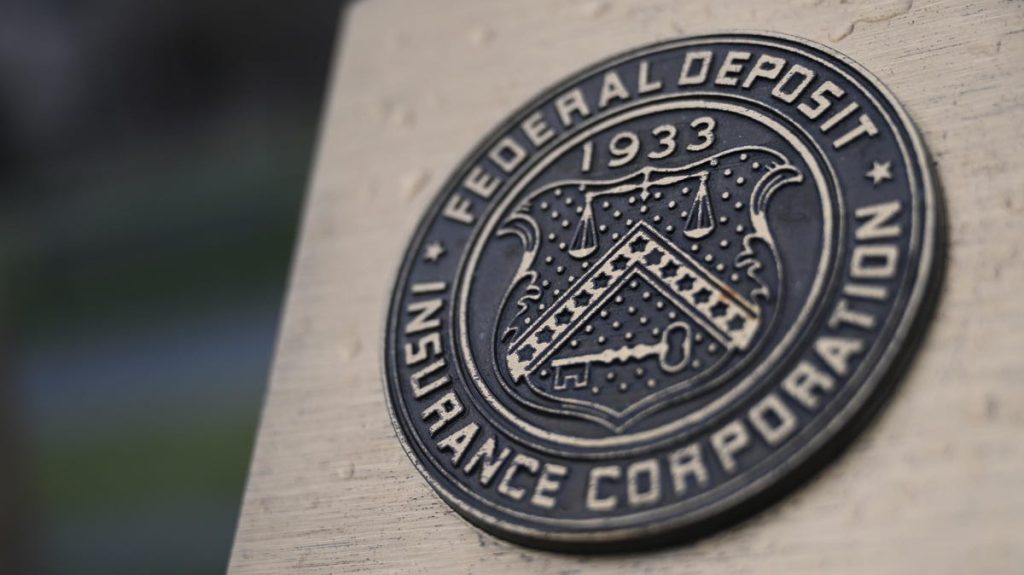After a series of unfortunate events, this week began with the loss of another highly regarded financial institution. Given these developments, depositors are needing assurance, and banks are looking at ways to move forward and help restore confidence in the banking system.
The Federal Deposit Insurance Corporation also released a report Monday in response to the recent failures. It examines the role of deposit insurance in promoting financial stability and preventing bank runs, as well as policies and tools that may complement changes to FDIC coverage.
Banks provide the financial systems that make our economy function and they need to be better insured. This would provide stability and confidence to businesses of all sizes and services, and promote a more level playing field across the enviable multi-sized U.S. financial system.
The FDIC currently insures deposits up to a dollar limit of $250,000 per signer or entity with a variety of ways to provide additional coverage, some of which are synthetically created. All other deposits remain uninsured.
Much of the recent focus has been on many banks’ ratio of uninsured deposits, which are largely held by business accounts. After the recent failures, a narrative developed that led consumers and businesses to believe their funds should be split up across multiple entities; or that their money is safer in the largest institutions, which ultimately, reinforces the too-big-to-fail structure. Small and regional banks responded with the use of a reciprocal deposit product, which essentially utilizes an intermediary to extend deposit insurance. Just pull up any recent bank earnings report and you’ll see changes in insured deposit ratios.
Recent events have led to a loss of confidence in the industry. Bank runs occurred in small, compressed windows of time due to the ability to distribute information in real time, along with the faster movement of money. Similar impacts were felt by other banks, with several regional lenders experiencing massive deposit losses.
In order to restore confidence, some in the industry have begun a new narrative, looking for full FDIC coverage of all deposits. This response is movement from one extreme to the other. While that policy might lead to a short-term calm, it sets the framework for a series of longer-term challenges, and makes way for potentially reckless competitors.
Small-business owners fuel the local economy every day, from the team members they employ, to the vendors they pay, to the services they provide. As they grow, so does the financial impact on the economy. People who leverage banking services for their day-to-day operations, whether it’s paying bills or making payroll, should never think that the financial system is in jeopardy.
For most of these businesses, their average balances are more than $250,000. I believe that we need a split system. On one end, the funds that support the day-to-day function of a business, often called an operating account, are fully guaranteed. Business owners who leverage core banking services in their day-to-day work should have peace of mind and worry-free deposits as it pertains to their operating accounts.
If a business has extra funds and chooses to move those to an interest-bearing account, then, there is a risk that can be taken to gain a return, just like with any other investment.
Currently, the frenzy is leading to divergent views on this topic. It’s important to keep in mind the core component of the banking industry and work through a solution that supports those core tenets. The American economy’s strength comes from the diversity of its free market system, which has been supported by banks of all sizes. A bank failure should not cause panic in the entire economy. Ultimately, we need a solution that supports and powers our banking system.
Read the full article here
